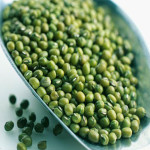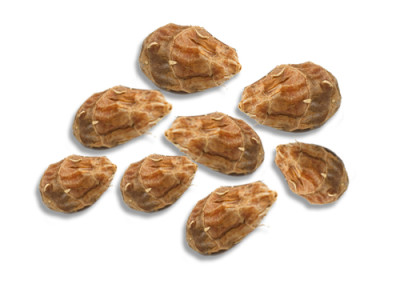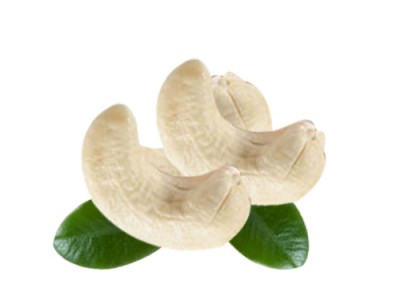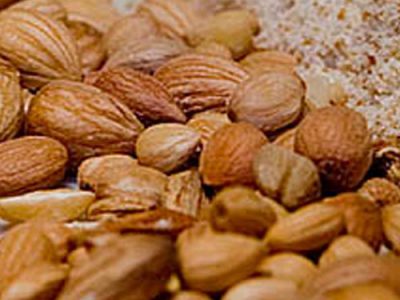
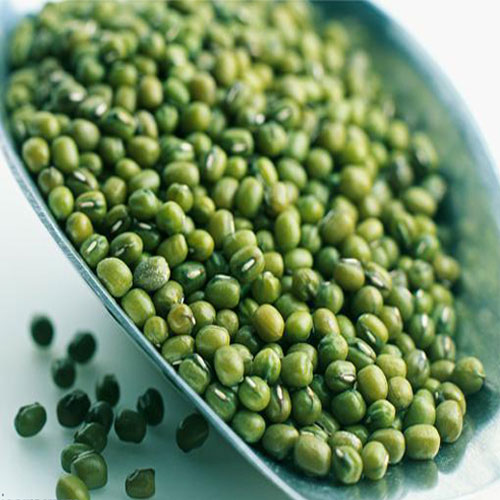
Mung Bean Nutritional Value | Nuts And Seeds
Mung bean
Plants and trees have many useful vitamins and supplements stored in their stems and leaves. The researchers have found out that skin of various fruits and vegetables have lots of medicinal properties and advise the people to consume the vegetables raw. The animals stay healthy since they consume the vegetables without shedding the skin. This topic will deal with a plant named Mung bean which is a plant species in the legume family. The botanical name of this plant is Vigna Radiata.
History Of Cultivation
Mung is cultivated largely in India, China and Southeast Asia. This plant is also cultivated in Southern United States and Southern Europe. Early findings of Mung bean in India dates back to 4500 years. It is imperative to note that archeologists have found traces of the bean which dates back to 4000 years in South India. Finds of Pemba Island indicate that during the era of Swahili trade, during 10th century, mung beans came to be cultivated in Africa.
Where It Grows
It is also called as green gram. This annual plant grows grow erect or semi-erect and achieves a height of 1 m and average height is around 0.9m. The leaves are not heavily foliaged and the pods are slightly hairy. The first flowers appear seven weeks after planting and the crops reaches to its maturity level after 14th week. Seeds are greenish and globular and clothed in a long deciduous hair. These plants are normally found in Himalayan regions of India. In Queensland, Australia this plant is used as a fodder. It grows well in well-drained soil and but it is most fertile in sandy loams.
There are three subgroups under Vigna radiata. One is cultivated (Vigna radiate-radiata) and the other two(Vigna radiata- glabra) is wild.The harvest begins when the pods begin to darken. These plants can be intercropped with other crops like sugarcane, maize, sorghum, fodder grasses and other such crops. This plant does not require large amount of rainfall and will do well if the rainfall is good. These plants are grown for fodder as hay, straw or silage.
Properties Of Mung
The leaves are alternate, trifoliolate with elliptical to ovate leaflets, 18 cm long and 15 cm broad. The color of the flowers is pale yellow or greenish. The pods are long, cylindrical, hairy and pending. They contain up to 20 small cube-shaped seeds. The seeds color may vary. They are usually green, but can also be seen in other colors such as yellow, olive, brown, purplish brown or black. Seed colors and presence or absence of a rough layer are used to distinguish different types of mung bean. Cultivated types are generally green or golden and can be shiny or dull depending on the presence of a texture layer.
Golden gram, which has yellow seeds, low seed yield and pods that shatter at maturity, is often grown for forage or green manure. Green gram has bright green seeds, is more prolific and ripens more uniformly, with a lower tendency for pods to shatter. In India, two other types of mung beans exist, one with black seeds and one with brown seeds. The mung bean resembles the black gram with two main differences: the corolla of Vigna mungo is bright yellow while that of Vigna radiata is pale yellow; mung bean pods are pendulous whereas they are erect in black gram. Mung bean is slightly less hairy than black gram. Mung bean is sown on lighter soils than black gram .
Various Uses Of Mung Bean
- The Mung bean is a major edible legume seed in Asia and is also eaten in many parts of Southern Europe and in the Southern USA.
- The beans are cooked fresh or dry.
- The mung bean is also made into flour, soups, porridge, snacks, bread, noodles and ice-cream.
- The seeds can be transformed into dhal like lentils.
- Mung beans can be processed to make noodles or other food items.
- These plants makes valuable manure and can be used as a cover up crop.
Note
The major producers of the mung bean are India and their contribution to the world is immense which is almost 50% followed by China, Thailand and other African Nations.The mature seeds provide a digestible protein for humans in areas where the meat is lacking or where the people are mostly vegetarian.

